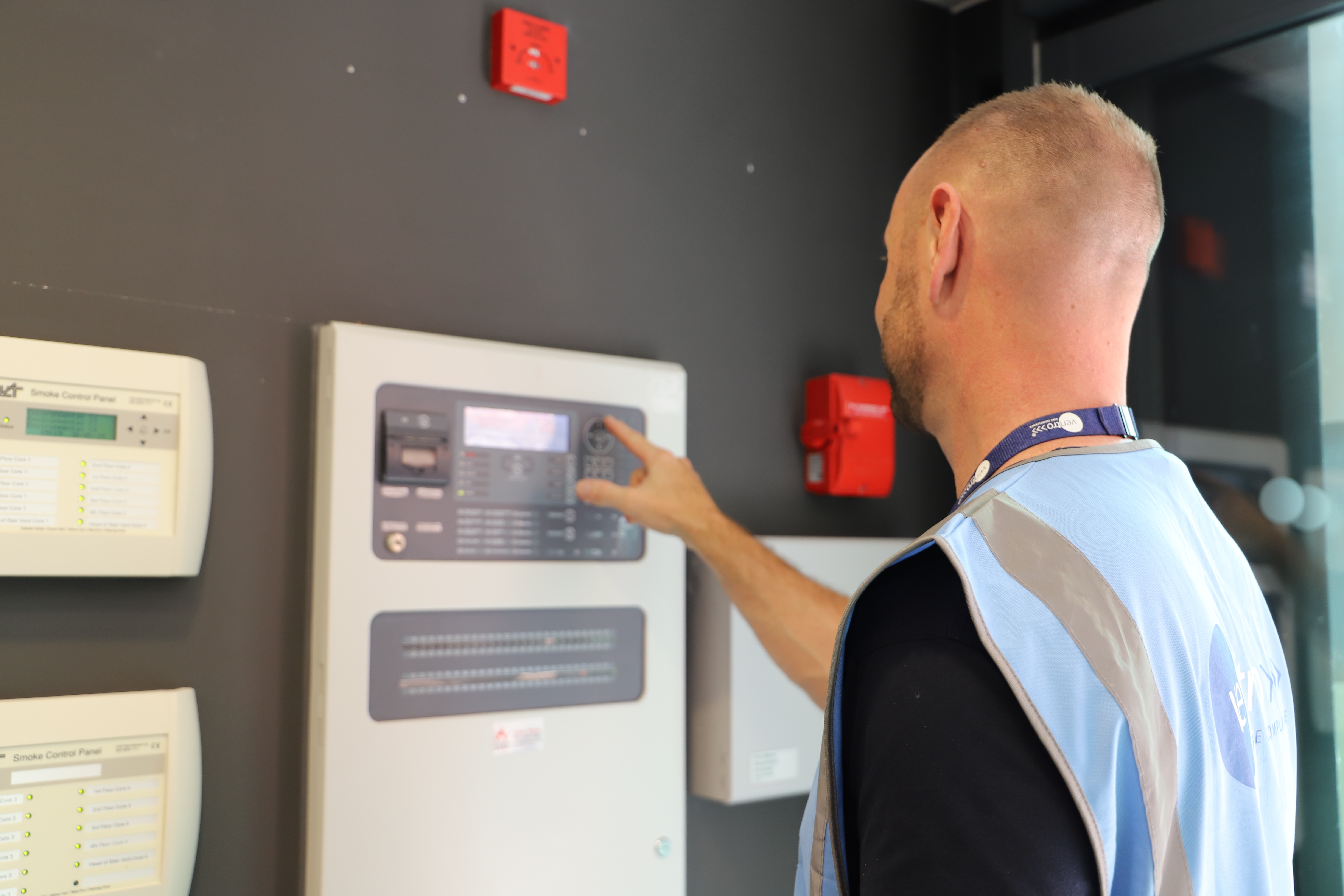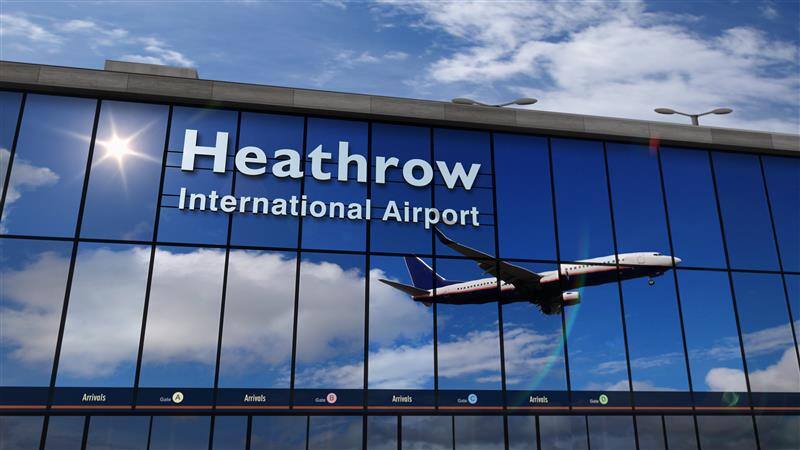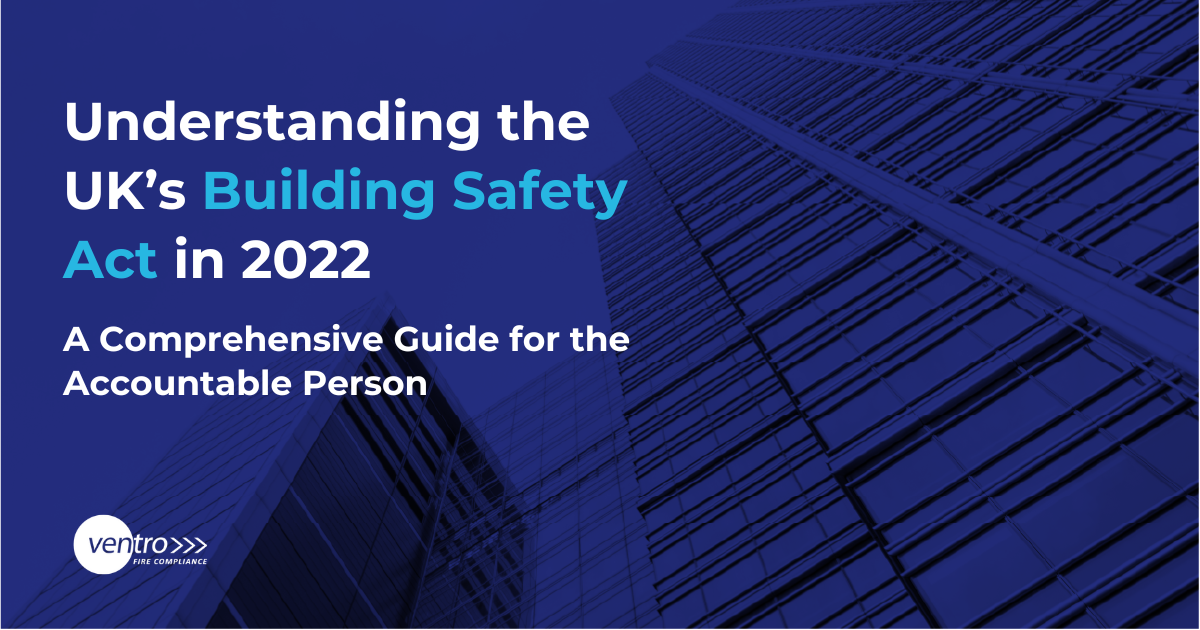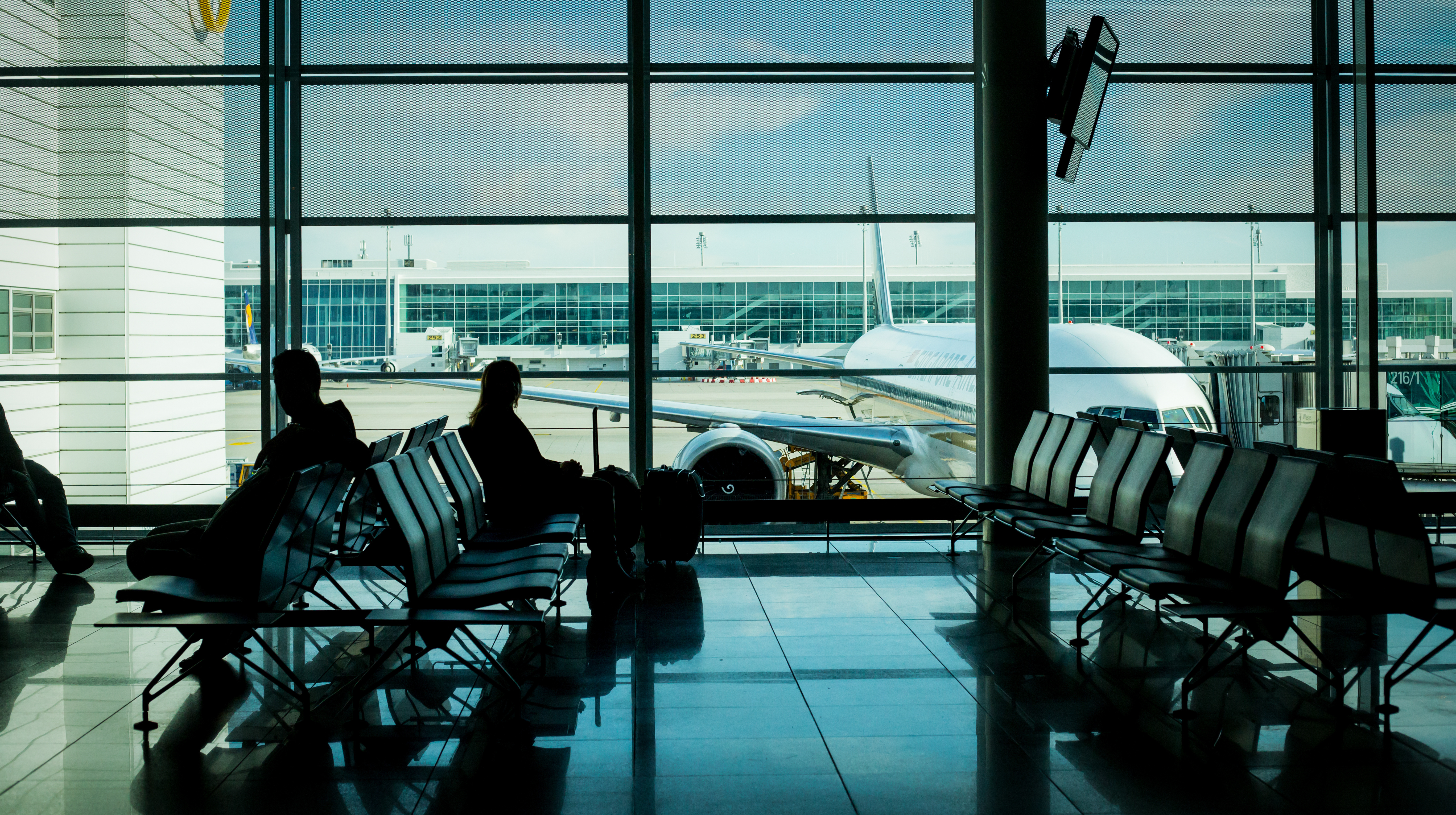Following the recent release of BS 5839-1:2025, our CPD webinar sparked a wide range of insightful questions from attendees keen to understand how the updates will affect them and their buildings. In this blog, we’ve compiled and clarified the questions we were asked, offering clear, practical guidance to help you navigate the new standard and what it means for both existing and future installations.
The following questions and answers are based on our recent CPD session, “BS 5839-1:2025 Updates – Enhancing Fire Safety Standards.” Where similar queries were raised, we have consolidated them into single responses for clarity and ease of reference.
Is the false alarm threshold in the 2025 standard retrospective, i.e. will it apply to a fire alarm installed to a previous 5839 standard?
No. BS 5839-1:2025 is not retrospective. Systems installed to earlier versions of the standard do not need to be updated unless they are extended or modified. However, key best practices such as investigating false alarms and categorising them according to Annex F are encouraged to improve ongoing system performance and user safety.
Does this legislation apply retrospectively to older buildings?
No, the 2025 revision does not require changes to existing installations unless there are modifications or extensions made. The standard only applies to new works or when upgrades trigger reassessment. That said, aligning older systems with the new standard where practical can enhance safety and compliance.
Does it include also industrial buildings and complexes?
Yes. BS 5839-1:2025 applies to all non-domestic premises, including industrial, commercial, healthcare, educational, and hospitality environments, as well as the communal areas of multi-occupancy residential buildings.
I assume BS 5839-1:2025 applies in Wales too (devolved building regulations)?
Yes, BS 5839-1:2025 applies across the UK, including Wales. Regional variations may still exist under devolved governance, so Welsh-specific guidance should also be consulted.
How does BS 5839-1 recognise the inter-dependency of private apartment measures with communal measures?
While BS 5839-1 applies to communal areas, it recognises that system integration with private dwellings (typically governed by BS 5839-6) is essential in shared fire strategies. Coordination of both systems is critical in multi-occupancy buildings.

Does the installation of smoke detectors in sleeping areas override a fire strategy (FSO) permitting heat detectors in hotel smoking rooms?
Yes. The 2025 update makes clear that heat detectors are no longer suitable for rooms where people sleep, regardless of smoking status. Smoke or multi-sensor detectors must be used, even if previous fire strategies under the Fire Safety Order permitted otherwise.
Is there a timeframe in which an ARC should answer/respond? Benchmark?
Yes. The 2025 revision introduces specific alarm transmission timing requirements:
- Category L systems: Alarm signal must reach the ARC within 90 seconds; catastrophic faults must be indicated within 3 minutes.
- Category P systems: Alarm signal must reach the ARC within 120 seconds; catastrophic faults within 31 minutes.
Would vibrating devices fall under BS 5839-6 if you have a stay put strategy?
Yes. Devices such as vibrating alarms, tactile indicators, or visual beacons intended for occupants in dwellings fall under BS 5839-6. BS 5839-1 addresses communal detection only.
Are the new panel stickers required or recommended on all panels or just systems commissioned after the BS update?
The label is recommended (not mandated) for all systems that transmit signals to an ARC. While not required retrospectively, applying them to older systems is encouraged to minimise false alarm callouts and raise awareness of the system’s connection method.
Is there a sticker available for ARC-monitored systems to show its routes to a monitoring centre and not direct to FRS?
Yes. The 2025 standard introduces a recommended label (example shown in the FIA guide) to be affixed near the CIE to alert users that the system is monitored via an ARC, not directly linked to the Fire and Rescue Service. This helps reduce unnecessary false alarm callouts.
Regarding interfacing. Does this mean there is now a restriction on installing new closed protocol systems?
Not directly, but interfaces must be fully accessible. Closed protocol systems that hinder this may be non-compliant with the standard.
Is there a definition for 'some low-risk lobbies' that now require detection?
Yes. The 2025 update reclassifies some previously excluded areas as requiring detection, particularly small entrance lobbies adjacent to higher-risk areas like kitchens. These spaces are now seen as potentially delaying alarm signals and compromising evacuation if left unprotected.

Is there a minimum size to the low-risk lobby before detection is required?
No. The requirement for detection is based on risk rather than size. For example, a small lobby adjacent to a kitchenette may still require detection due to increased likelihood of smoke migration and potential delay in alarm activation.
Is there an overarching document summarising the changes?
Yes. The FIA's 'Guide to the changes in BS 5839-1:2025' provides a comprehensive overview.
Does the link to the ARC now have to monitor for faults?
Yes. The 2025 standard requires that systems report transmission faults to both the ARC and the CIE within the specified timeframes (e.g., 3 minutes for L systems). This ensures prompt awareness of communication failures that could otherwise delay emergency response.
What does 'zone plans must be verified every visit' actually mean in reality? What about interface access?
Service engineers must ensure the zone plan reflects the current layout and test results. Interfaces must be accessible without special tools or reliance on third parties.
Can redundant equipment be left in place and labelled 'No longer in use'?
Yes. If it is not practicable to remove obsolete equipment, it can remain provided it is clearly marked as non-operational. This avoids confusion and maintains clarity in emergency scenarios.

Is there a transition period for changes in BS 5839-1:2025 (e.g. Gateway 2 projects)?
No formal transition period is specified. However, existing projects may continue under the version of BS 5839-1 applicable at design approval. New works from mid-2025 onwards should comply with the 2025 edition to meet best practice and regulatory expectations.
Can a digital fire logbook be used via QR code for weekly tests, false alarms, drills, and servicing, while keeping G/PEEPs etc. physical?
Yes. BS 5839-1:2025 supports digital documentation in line with the Golden Thread principles, provided it is easily accessible to relevant personnel.
In heritage buildings, can red cable requirements be varied to preserve aesthetics?
Yes. Variations are permitted where justified—for example, to preserve architectural integrity in heritage properties. However, any variation must still ensure compliance with performance, labelling, and safety standards.
Is it still a requirement under the regs to link to FRS directly, or is an ARC connection sufficient?
An ARC connection is sufficient and standard practice. There is no requirement to connect directly to the FRS, but it is essential that the ARC receives all relevant information (e.g., sleeping risk) and passes it to the FRS when required.
_
We hope this Q&A has helped clarify some of the key changes introduced in BS 5839-1:2025. Staying informed is essential to maintaining compliance and protecting building occupants. To continue building your knowledge and stay ahead of future updates, be sure to sign up for our upcoming CPD sessions and webinars. Don’t miss the chance to engage with industry experts, ask questions live, and gain valuable insights into fire safety standards as they evolve.





.jpeg)

